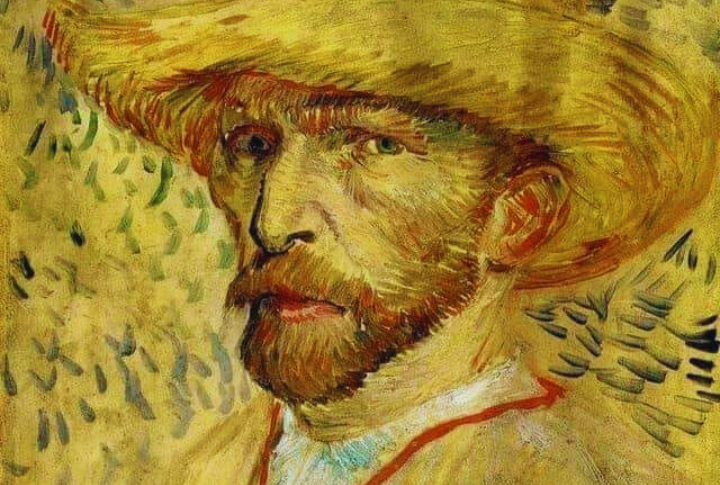
History is full of surprises; some of the “facts” we’ve learned might not be as accurate as we’ve always thought. Hollywood, the media, and even history teachers have perpetuated many completely absurd or unsubstantiated “facts” about history. Let’s bust some myths and clarify these common historical misconceptions. You might be shocked to discover that what you’ve believed isn’t quite right!
Napoleon wasn’t short

Contrary to popular belief, Napoleon Bonaparte wasn’t a short man. For years, so many early printed books listed his height as 5’2” instead of 5’7”, about the average height of men during his time. The misconception comes from a difference between French and English inches and his nickname, “Le Petit Caporal,” but this was actually a term of endearment from his soldiers.
Vikings didn’t wear horned helmets
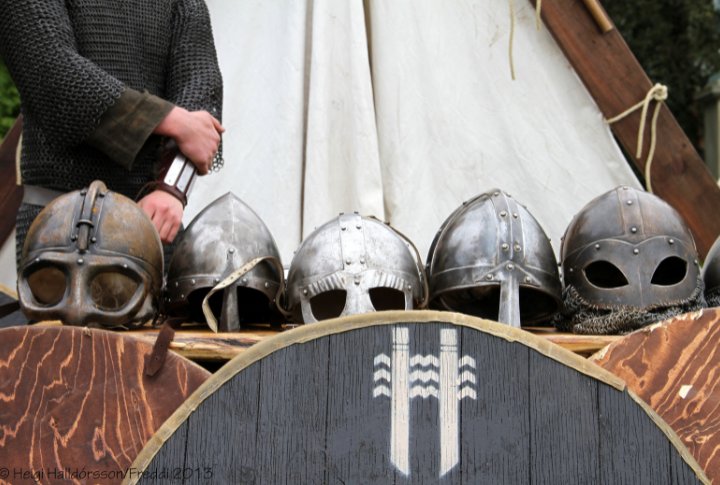
Those iconic Viking helmets with horns? Pure fiction. No evidence suggests Vikings ever wore such impractical headgear in battle. This myth likely originated from 19th-century artistic depictions and costume designs for Wagner’s operas. And with so many fake facts out there, it is hard to identify who started to spread this one. Archaeologists found that actual Viking helmets were simple, functional, and hornless.
Columbus didn’t prove the Earth was round
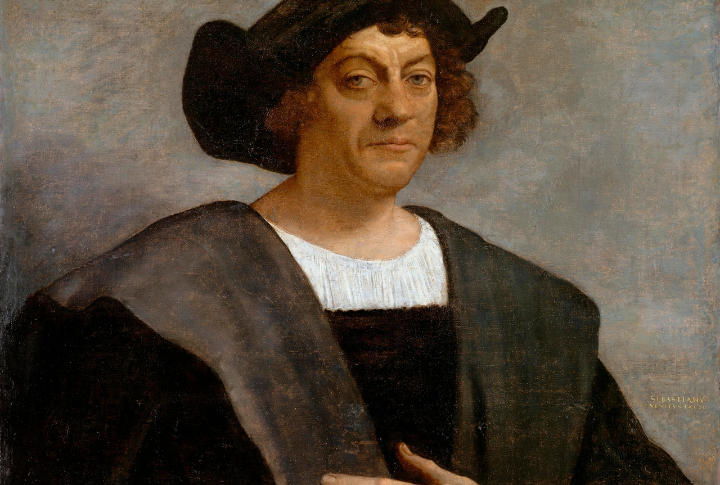
By 1492, most educated Europeans already knew the Earth was spherical. But before this became common knowledge, the Ancient Greeks had already figured this out centuries earlier. Columbus underestimated the Earth’s size and thought he could reach Asia by sailing west. Although his calculation was incorrect, he only admitted to finding a new continent at the very end.
Marie Antoinette never actually said, “Let them eat cake”
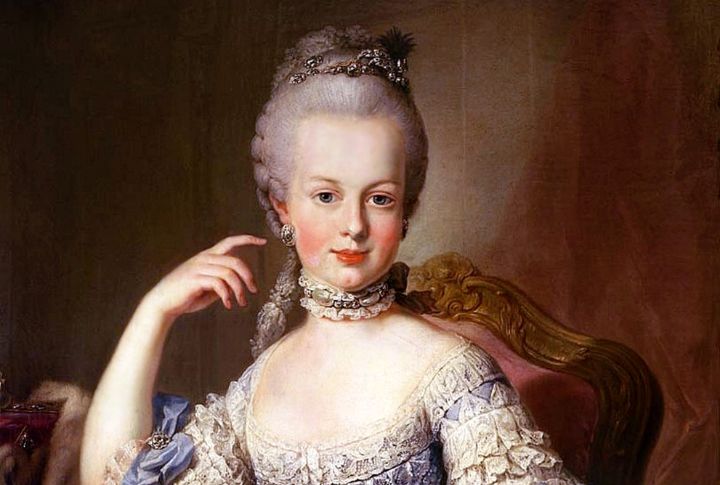
The infamous phrase “Let them eat cake” was never uttered by Marie Antoinette. The whole thing’s a mix-up about brioche, not cake. And it’s crazy how this royal myth spread years after the French Revolution. This quote was attributed to her years after her death and likely stemmed from Jean-Jacques Rousseau’s writings about a different princess.
Santa Claus isn’t a Coca-Cola invention

The idea that Santa Claus is a Coca-Cola creation is another historical myth stuck around. Sure, Coke’s ads significantly shaped Santa’s image, but they didn’t invent the jolly old man. Coke’s marketing just helped cement Santa’s look in our minds. It’s a classic case of a company boosting an existing idea, not creating it from scratch.
Einstein failed some math tests
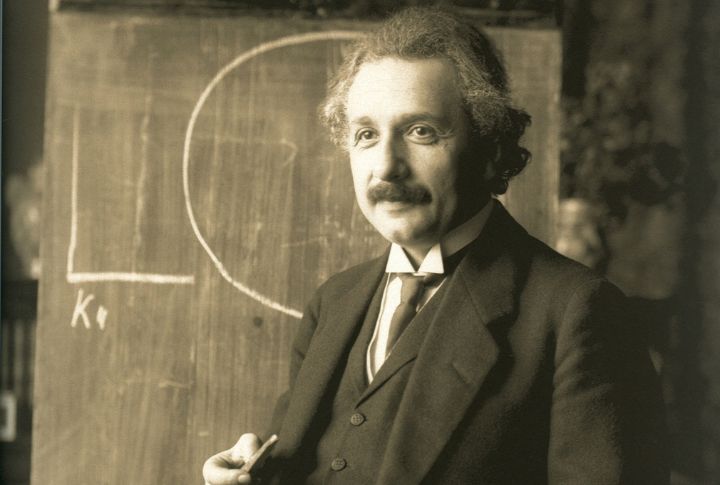
Albert Einstein was a math whiz from a young age. Yes, Einstein may have been a socially awkward child; he didn’t get the best grades in other school subjects, but he excelled in mathematics and physics. Before the age of 15, he had mastered integral and differential calculus. Believe it or not, Albert Einstein never failed math.
Iron maidens weren’t real
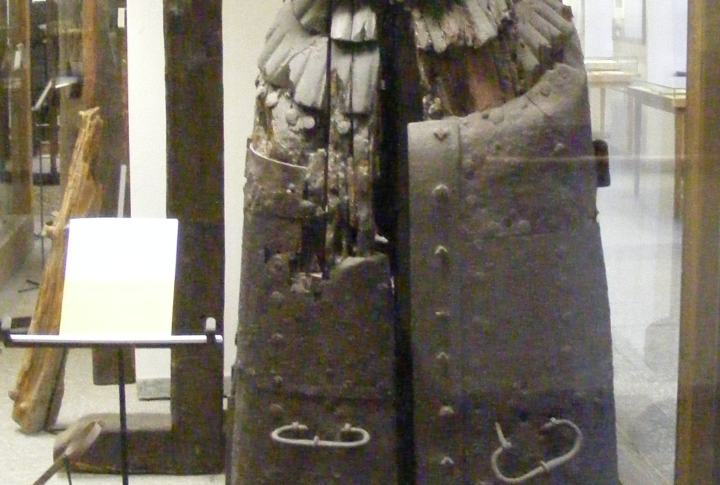
The Iron Maiden, a coffin-like container with spikes inside, wasn’t a real medieval device. It was invented in the 18th century as a hoax. The first Iron Maiden was pieced together from various artifacts and presented as an authentic medieval instrument, but it’s purely a work of fiction.
The “Spanish Flu” wasn’t Spanish

The 1918 influenza pandemic got its nickname from a historical mix-up. While Spain took the blame, it wasn’t ground zero for the outbreak. World War I censors kept a lid on news from many countries, but neutral Spain spilled the beans about the spreading illness. This openness backfired, painting Spain as the culprit. Scientists now think the virus first popped up in the U.S., France, or China.
George Washington’s teeth weren’t wooden
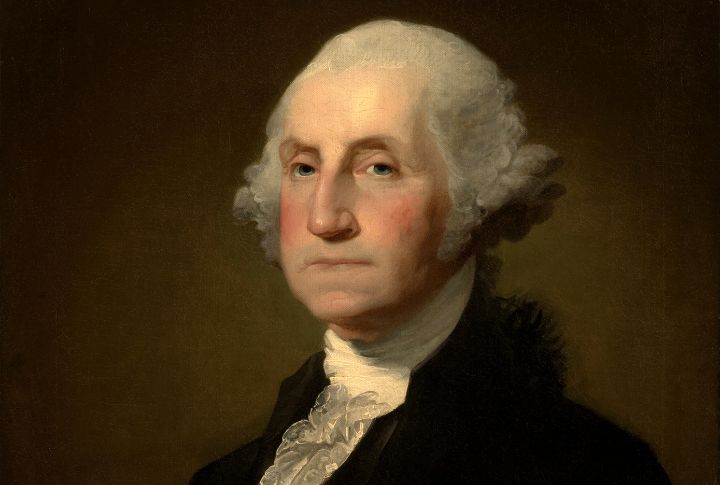
You’ve probably heard that George Washington had wooden teeth, right? Well, hold onto your powdered wig because that’s not true! They were a mix of ivory, gold, lead, and even human and animal teeth. His dentures were high-tech for the time, but they caused him pain and changed the shape of his face.
Van Gogh didn’t cut off his whole ear
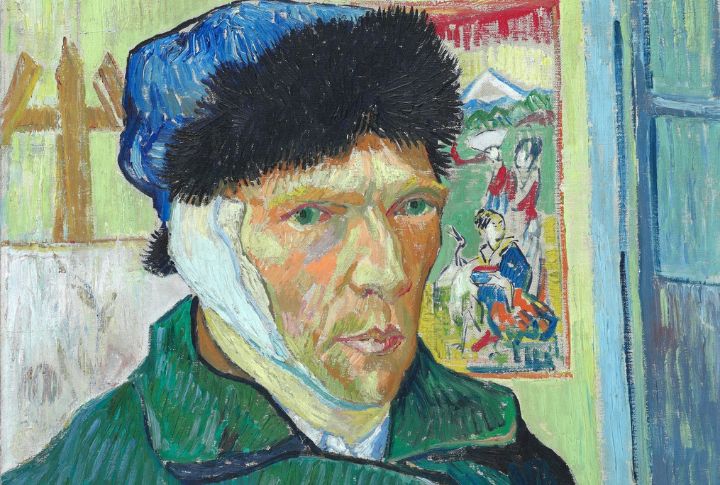
Vincent van Gogh didn’t slice off his entire ear; he only cut off a small part of his left earlobe. The extent of his self-mutilation was exaggerated over time. This act occurred during a mental health crisis, and he later painted several self-portraits showing his bandaged ear.
